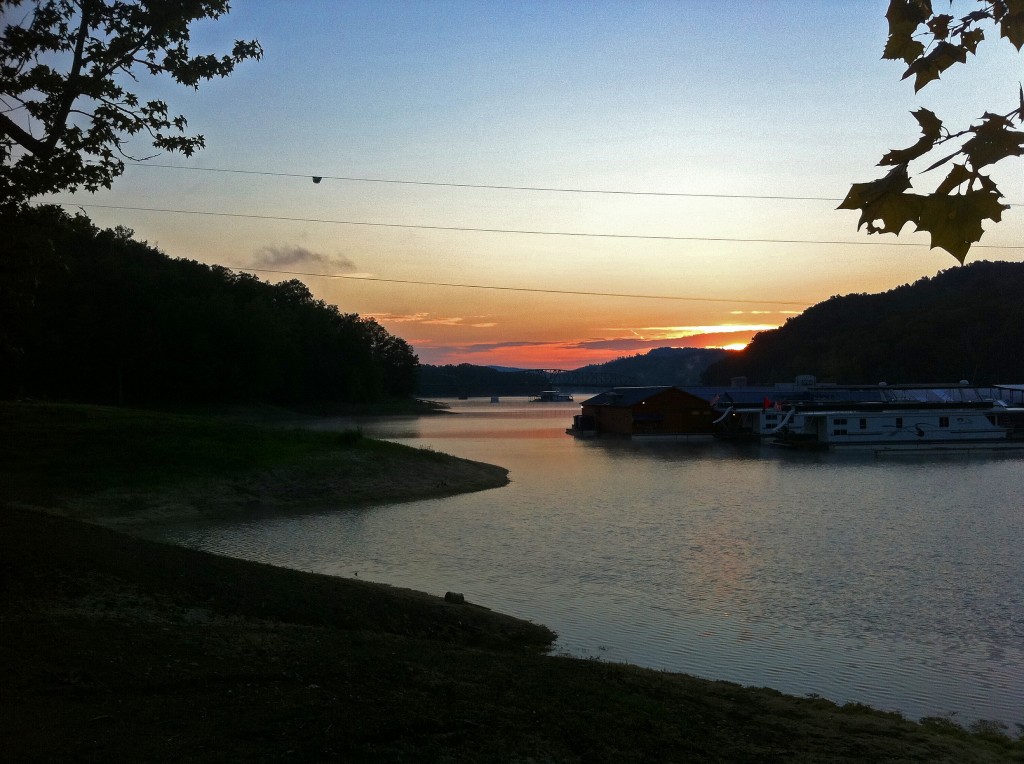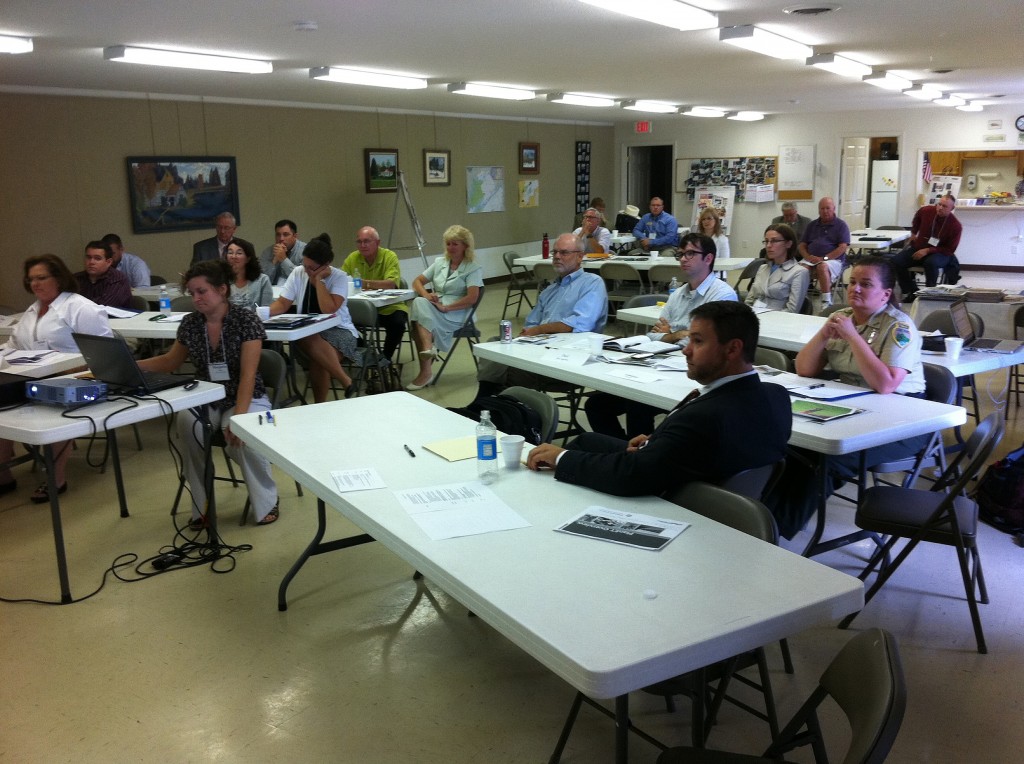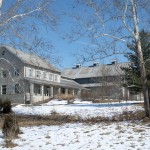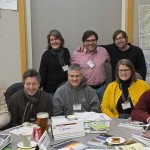Tag Archives: Conservation Fund
Union County, Tennessee

Conservation Fund has developed a fascinating program that Fermata has been involved with for many years now. Their Green Infrastructure initiative works with communities around the nation to help with sustainable development and design. Fermata often covers the sustainable recreation and tourism sector, and that is the reason that I am here today.
I can’t tell you how many rural communities I have visited and worked in or around. I suppose that the number is in the thousands. Each has a unique personality, yet they all face a similar set of challenges. Most are unsustainable. Whatever the original impetus behind their founding, that initial shove played out. Many are agriculture based, and industrial farming has eliminated the need for local suppliers of feed, seed, fertilizer, etc. Others were mill towns, and most timber has become a whole log export business. Fishing, mining, and traditional manufacturing have all gone through dramatic evolution and change. Small communities have been victimized by the changes.
Kids know this. As soon as they graduate from high school, they hop the bus to the nearest city that provides employment opportunities. In a real sense, rural communities, through out migration, are exporting their futures. Two strikes and many are close to striking out.
I understand the global and national forces that are shaping this change. I respect the powers of glocal economic trends. But I am still convinced that rural America is a valuable, irreplacable thread in the American tapestry. Sustainable rural living tells us far more about the potential future of our nation than the failures of our past.
Union County is facing the traditional challenges of an American rural county. Most of the jobs in the county are in Knoxville, and therefore most of the residents are commuters. The most significant native industry is tourism, most related to recreation on Norris Lake. Norris Lake is one of the original TVA (Tennessee Valley Authority) reservoirs developed in the 1930s. The TVA developed a number of parks and wildlife areas around the lake, and they now offer a variety of outdoor recreation opportunties.

I am posting a link to my presentation here for all to use. I am also providing a link to a wonderful paper about green infrastructure and stormwater management. More importantly, the paper addresses a fascinating component of green infrastructure – the philosophy of water.
Ted Eubanks
Sharps Chapel, Tennessee















